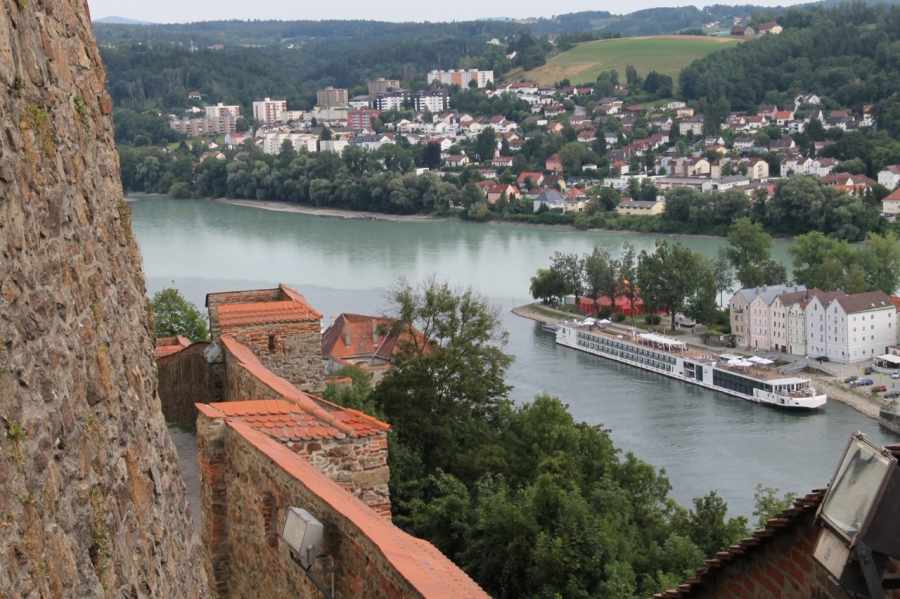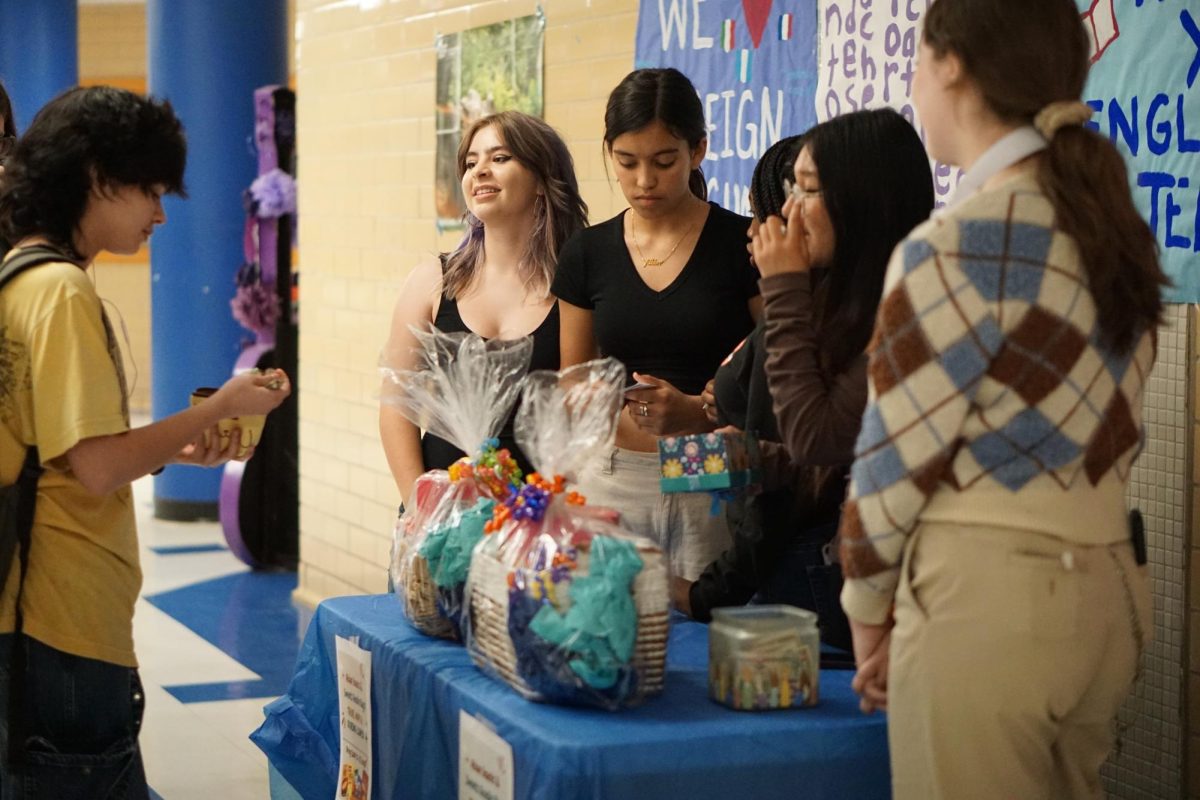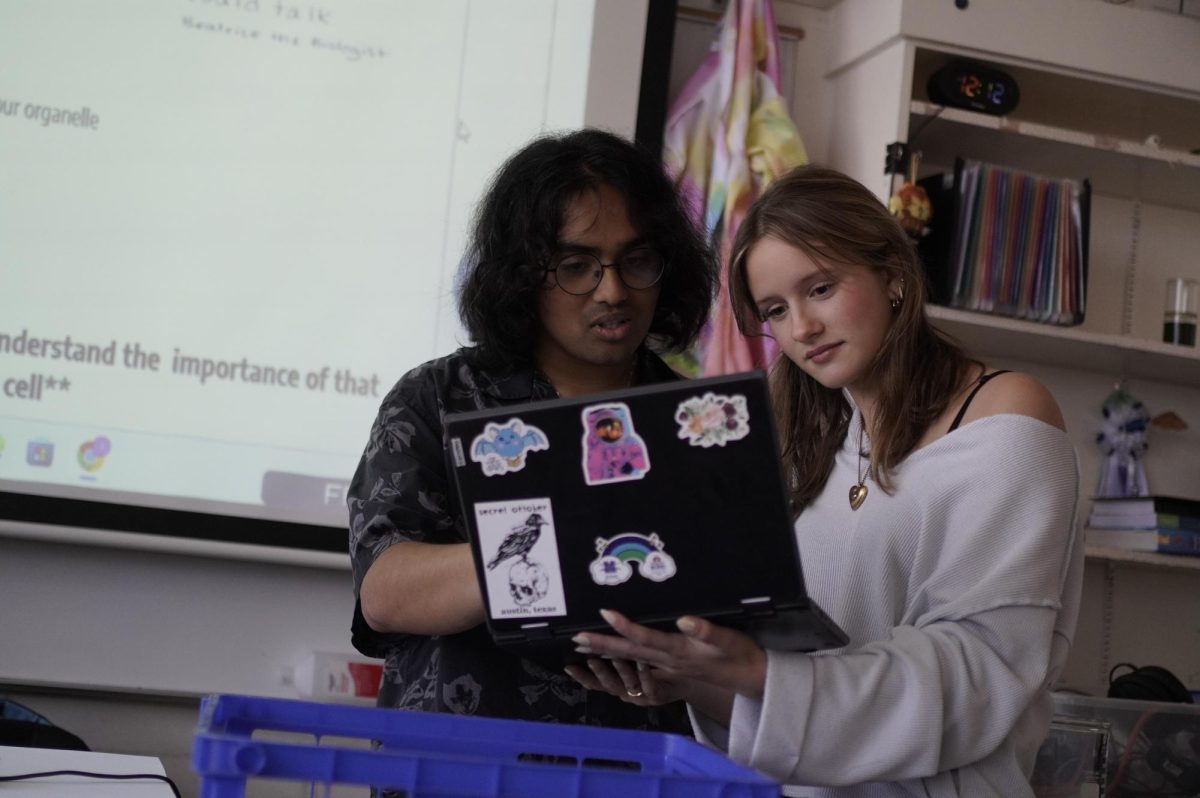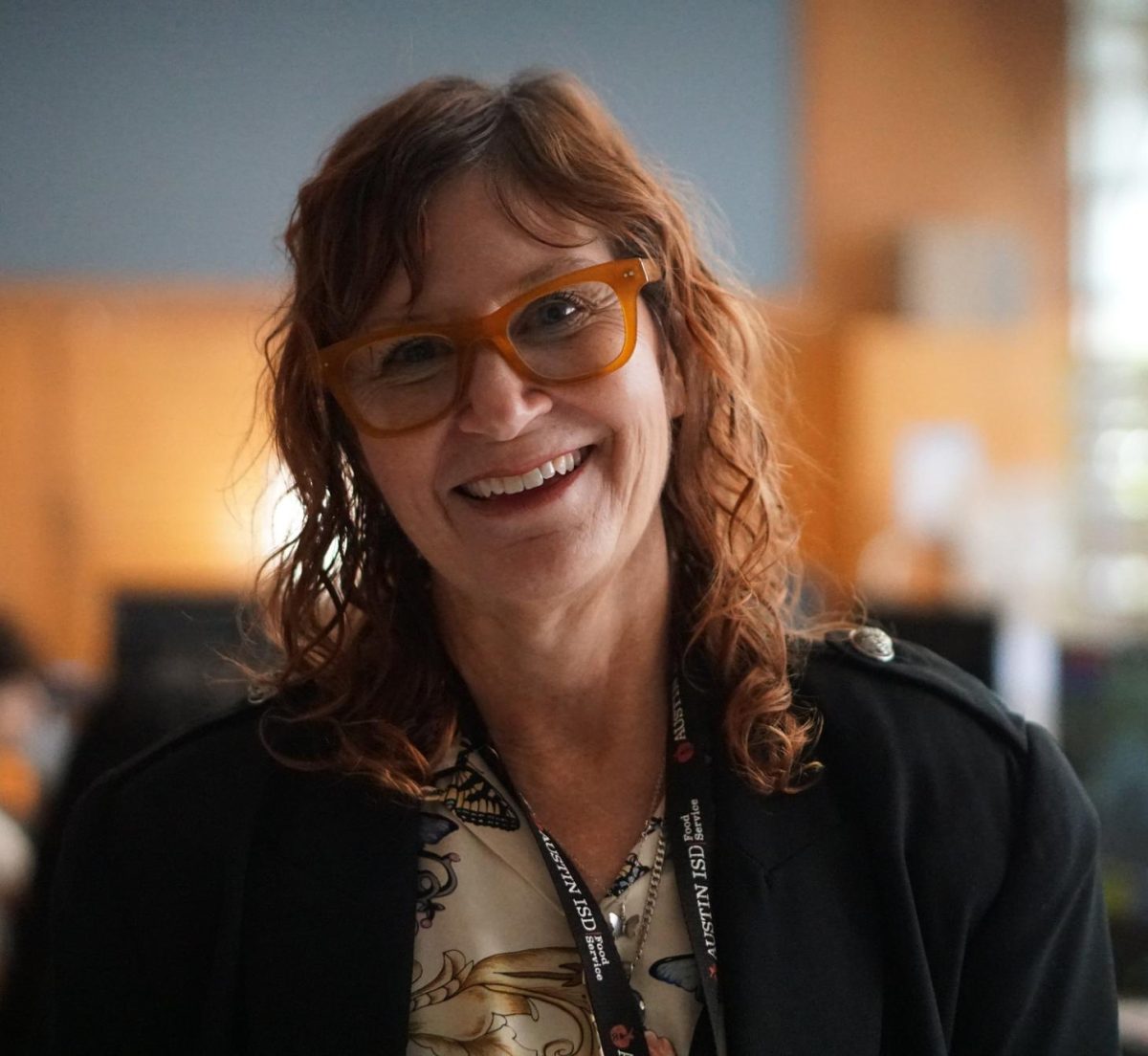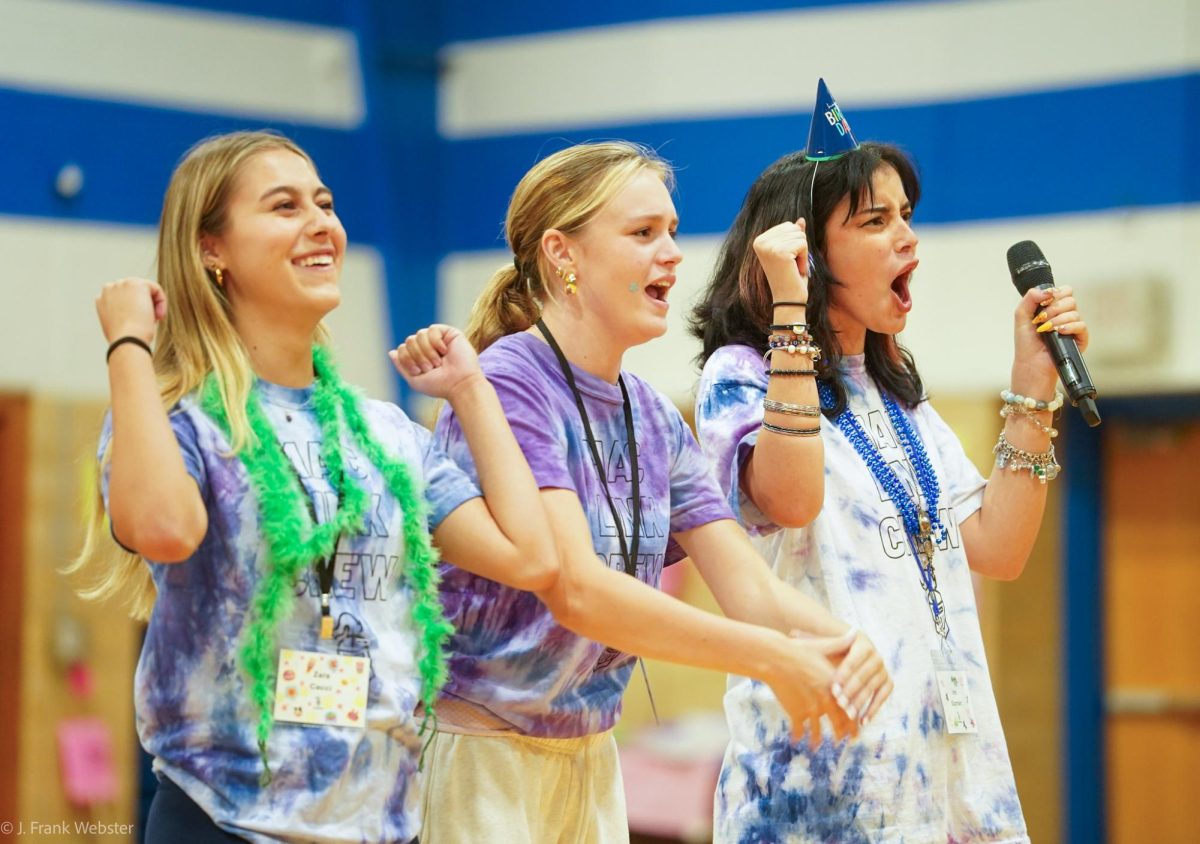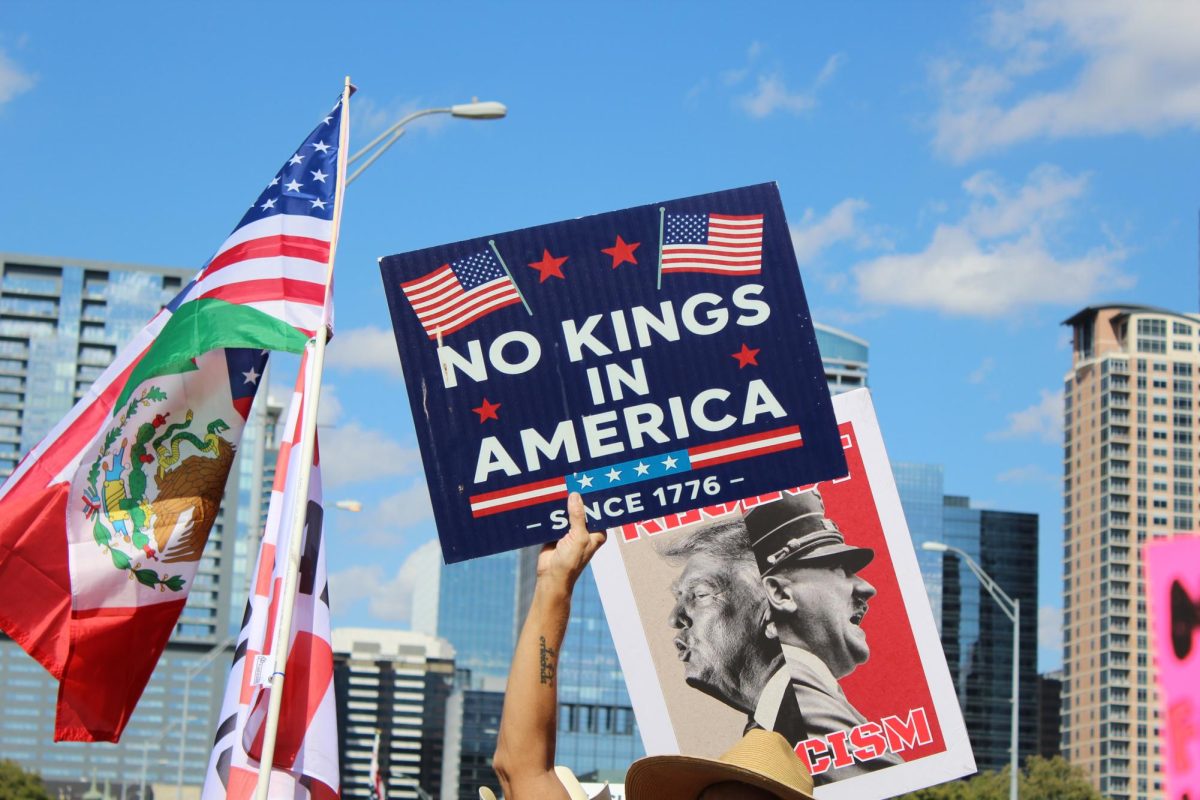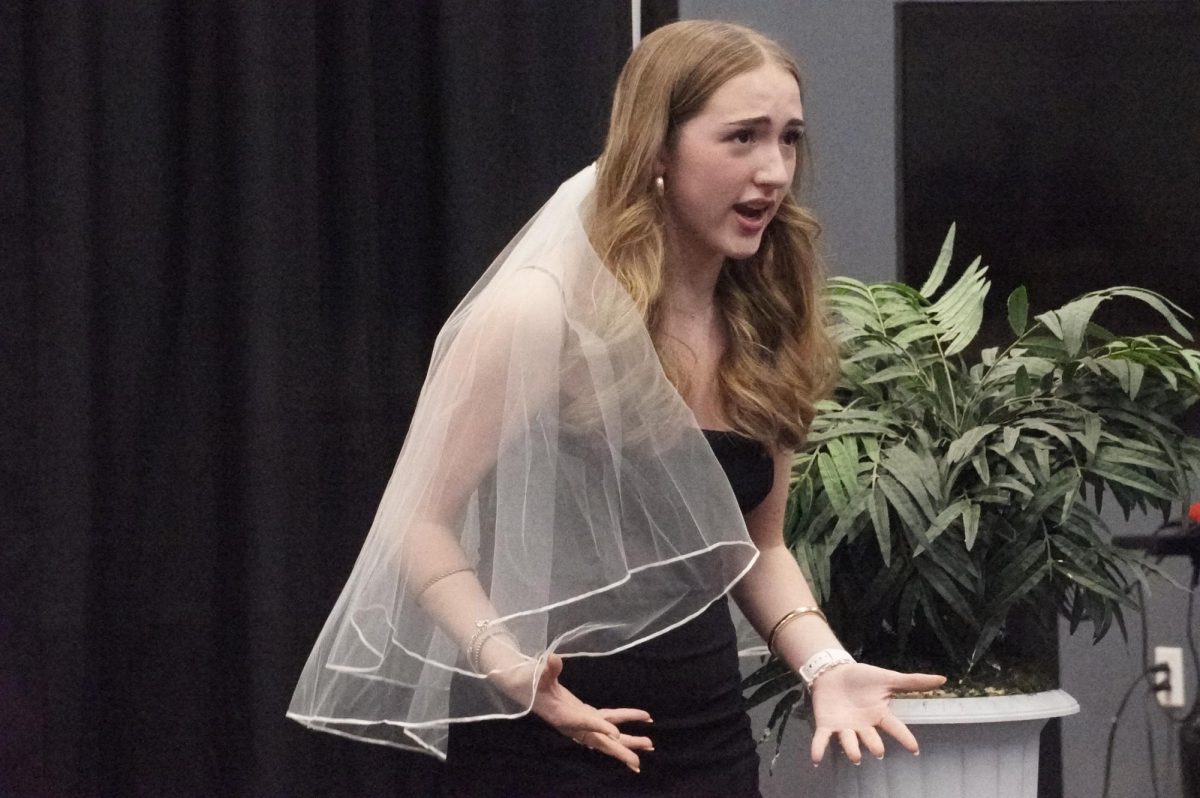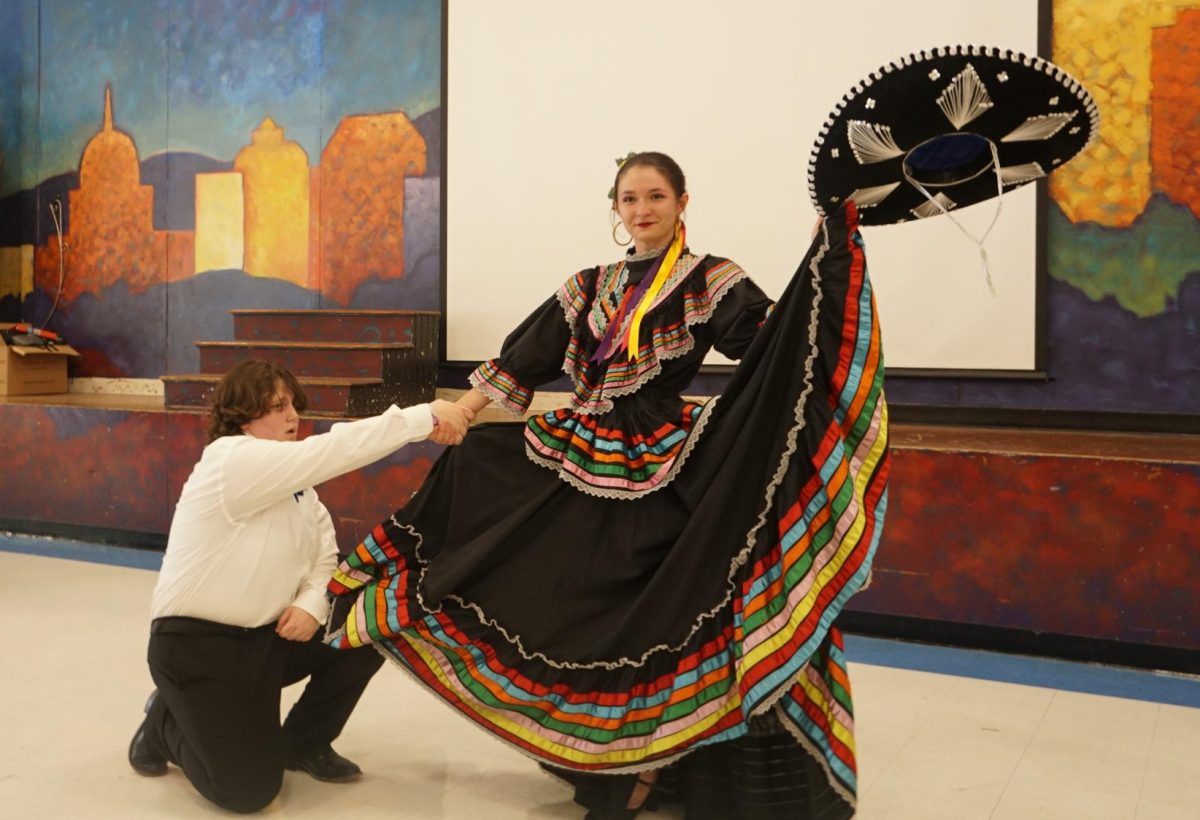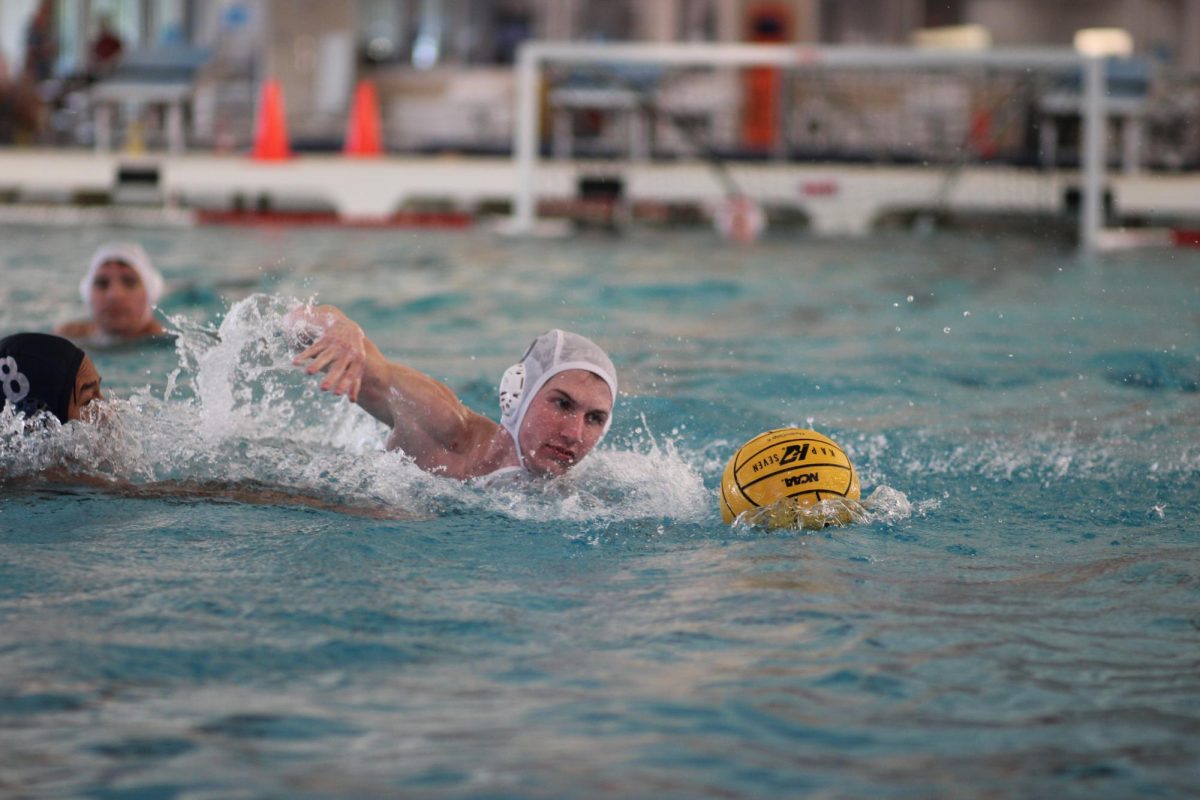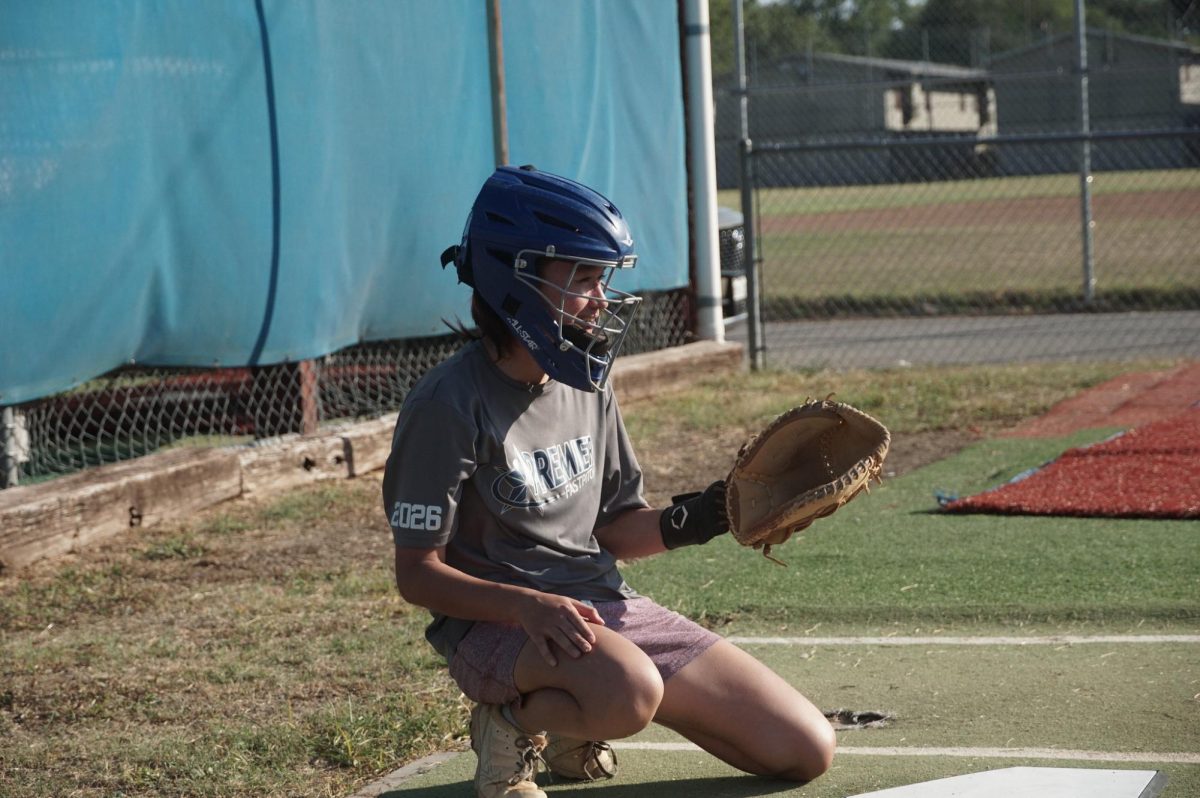While visiting 10 cities in five central European countries both with her family last month, sophomore Anna McClellan said the sense of history–spanning from medieval to World War II-era, from Communist control to the present–was so overwhelming that being there made her understand “just how young the U.S. is.”
“It was crazy to see how American history was so ‘modern’ compared to the deep and rich history of Europe,” McClellan said.

Theresienstadt, located in the town of Terezín, Czechia, was a transitional camp and ghetto, so those who came there did not stay very long, and, assuming they survived their time there, were eventually shipped off to extermination camps.
The summer travel adventure mostly along the Danube River was first imagined by McClellan’s maternal grandmother, and it began in Prague and ended in Budapest.
Visiting Prague, McClellan said was at times like travelling back to the Cold War Communist bloc controlled by the old Soviet Union.
“There are several streets in Prague where you can still see the buildings that were built, with a grey, concrete outside and small windows, and none of them had any color,” McClellan said. “Back in the communist era, nothing could be of color.”
Imagine buying a car and not being able to choose the color. That was life in Communist Prague.
“One of our tour guides also said how they had to be put on a list to get a car, and it took them three years to get it,” McClellan said. “They got this ugly orange car but it was still the fact that they even had a car that made them so excited.”
Today, the streets for Prague include brightly colored homes, which offer a vibrant rebuke of the city’s monochromatic Communist past.
While powerful, the remnants of Communism paled in comparison to the valuable lesson McClellan learned in Terezín, the site of Theresienstadt, a World War II ghetto.
“It was hard to imagine how one or two hundred people could be crowded into a room meant for 50,” McClellan said. “It really makes you thankful for the space you have in your home.”
But McClellan said the lessons of the visit were about more than about elbow room. Thinking about the families that were separated during World War II made her connect present-day family separations in the U.S. and around the world with the separations that happened in Terezín during the 1940s.
“A lot of people take for granted being around their family, but hearing of all the people who were separated and seeing how the propaganda made it look like something it wasn’t made me thankful that I don’t have to be separated from my family. And it’s crazy how even today we still hear of and see things similar to what happened then. It’s just something that we need to move on from.”

Salzburg, Austria, is a popular location for non-European tourists who have seen “The Sound of Music.” Here are the gardens that the Von Trapps and Maria run through while singing “Do Re Me.” Most natives do not understand why Americans love the movie so much, and are often annoyed with its unrealistic aspects.
McClellan said in Austria the layers of history were unlike anything she has experienced in the States.
“We went by several places in Austria where famous musicians like Mozart and Johann Strauss were born and performed, and we learned a lot about the Habsburg Empire, which started before the ‘New World’ had even been discovered. We also walked through castles and saw a few structures that had been around since the year 900.”
But the experience wasn’t all about living in the past.
While she said she missed the beautiful architecture, she also missed the food she ate there: the variety of other local meats and vegetables, the Weiner Schnitzel and, perhaps most of all Trdelník, a common street treat in Prague, a rolled and baked pastry filled with fruit, sauces and ice cream.
Before and after her European trip, her family stayed in Atlanta, where she visited Centennial Olympic Park and kicked a field goal at the College Football Hall of Fame.
The Shield: What took you guys to Czechia (am I right that’s where you went?)?
Anna McClellan: My grandmother really wanted to take my sister and I on a vacation to Europe, and so decided to take us on a river cruise on the Danube River. We started in Prague for about 3 days, and the took a bus down to Vilshofen, Germany where we embarked on our cruise. On the way we stopped in Regensburg for lunch, and learned about the history of the medieval town. Once we were in the cruise, we stopped in Passau, where two other rivers converge with the Danube, Linz, where we took a bus to Salzburg, Weßenkirchen, Vienna, Bratislava, and Budapest. My grandmother chose this because we were able to see five different countries, and it was really the heart of Europe and we learned so much about the Autro-Hungarian empire and Habsburgs Dynasty.
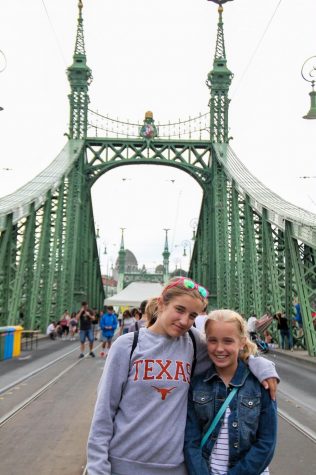
Anna and Audrey McClellan on the Liberty Bridge in Budapest. Every Saturday in July Liberty Bridge is closed to vehicles, and open to pedestrians, with some performances and activities throughout the day.
TS: This would the grandmother who was featured in The Shield? Czechia. Germany. Austria. Hungary. Slovakia. Is that right? This might be the most complete answer we have ever gotten to one interview question.
AM: No this is my moms mom. And yes, that’s right. Also lol ?
TS: OK. What was your absolute most favorite experience of the whole trip?
AM: Oh gosh, that’s a hard question. I absolutely loved all of it to be honest, but if I had to choose one thing, it would be when we went to Terazín, which was a concentration camp/ghetto in World War II. It was really an eye-opening experience. This wasn’t really an extermination camp though, like Auschwitz was. It was more of a transition camp where people might come for a few months or more, and then get shipped off somewhere. It was hard to imagine how one or two hundred people could be crowded into a room meant for 50. It really makes you thankful for the space you have in your home, even if it’s not that much. Other than that I loved Vienna and Salzburg, as the environment and performances reminded me of downtown Austin.
TS: Wow. This might be a repeat but what surprised you the most during your visit?
AM: Hmm, definitely what I said before, and also how the cities are still slightly recovering from the communism they faced in the 20th century, especially certain parts of Prague. And all the history from more medieval and older towns really gave me perspective on just how young the U.S. is.
TS: Can you give an example of something you saw that showed the remnants of communism?
AM: Yes, there are several streets in Prague where you can still see the buildings that were built, with a grey, concrete outside and small windows, and none of them had any color. At this point they have all been turned into shopping centers or banks. And the reason for all of the colorful houses is because back in the communist era, nothing could be of color. One of our tour guides also said how they had to be put on a list to get a car, and it took them three years to get it, and they didn’t even get to choose the color. They got this ugly orange car but it was still the fact that they even had a car that made them so excited.
TS: What do Commies have against color?
AM: I’m not 100 percent sure, but it was something with wanting everything to look the same and not really have any variety. Similar to how there might have only been one brand of car, or chocolate, instead of the hundreds of types there are now.
TS: Same with Model T’s. You can get black, black or black. OK. Nerd alert question. What made you realize there was more of a sense of history in Europe. A particular place or experience come to mind? In London, there are places were the Beatles, Oscar Wilde and some King Henry all did something famous. When you visit there, you are like, ‘Wow, there is more history here than in the U.S.’ just like you said. What adjacent history discoveries did you make on your trip?
AM: We went by several places in Austria where famous musicians like Mozart and Johann Strauss were born and performed, and we learned a lot about the Habsburg Empire, which started before the “new world” had even been discovered. We also walked through castles and saw a few structures that had been around since the year 900. And it was crazy to see how American history was so “modern” compared to the deep and rich history of Europe.
TS: What do you miss most about central Europe now that you’re back?
AM: Probably all the different architecture and cultures, and definitely the food. I enjoyed the Weiner Schnitzel we had as well as the variety of other local meats and vegetables, and then in Prague street vendors would sell Trdelník, which is like rolled and baked pastry, filled with varieties of fruit, sauces, and ice cream.
TS: Sounds great. Anything else you appreciate more know about home other than colors and elbow room?
AM: Well, a lot of people take for granted being around their family, but hearing of all the people who were separated and seeing how the propaganda made it look like something it wasn’t made me thankful that I don’t have to be separated from my family. And it’s crazy how even today we still hear of and see things similar to what happened then. It’s just something that we need to move on from.
TS: Are you talking about family separations at the Texas-Mexico border specifically?
AM: Yeah, and it also happens in other countries due to civil wars and stuff.
TS: Wow. We could probably write a good story based on your trip and this interview. Who went? Your parents. Your mom’s mom and your sister?
AM: That’s right! Me, my mom, my dad, my sister and my moms mom all went.
TS: And the Atlanta leg was part of the trip or no?
AM: Yes it was, we where there for 4 1/2 days prior to Europe and then after for about two days.
TS: Anything cool happen in the ATL? We hear you are trying out for placekicker.
AM: We mostly just visited friends and family, although my dad and I went to the College Football Hall of Fame/Centennial Park. And yes, I kicked a field goal and would love to be a kicker (lol) but my mom probably wouldn’t let me play due to football being “dangerous.”


